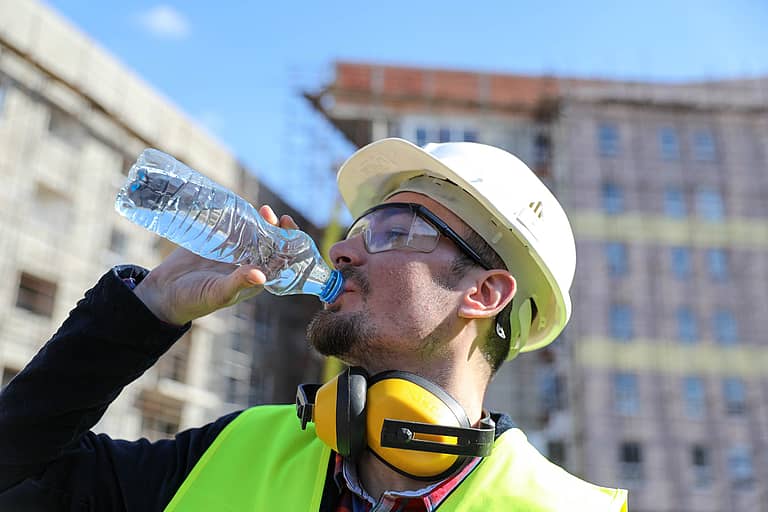The Association of the Wall and Ceiling Industry has greatly increased its focus on safety over the past few years and is working to provide resources that are focused on the type of work that AWCI contractor members perform in the construction of wall and ceiling assemblies. To that end, we have been focusing on items that most commonly affect our tradespeople. For example, fall protection is different for a drywall framer than it is for a roofer, and craftspeople in our industry are much more likely to be injured in accidents involving drywall carts or stilts. There are thousands of hours of safety courses and videos available, but few of them focus on safety for the drywall and framing industry. AWCI is working to change that.
In these courses and videos, accident prevention is rarely mentioned. The focus is typically on protecting the worker from injury rather than eliminating what is hurting the worker. Prevention through design, or PtD, eliminates unsafe situations by designing products and systems that are less likely to cause injury and more likely to be used in a safe manner. As drywall contractors, we may feel that this is a manufacturing issue, but this is not the case. By choosing safer products or safer ways to do the work, we are rewarding the companies and innovators that produce these products. By setting up our workplaces and job sites with intelligent systems, we create an environment where our workers and those around us are more likely to work safely by design and choose safer alternatives.
There are multiple examples of this in the drywall and construction industry. Using cordless tools reduces the tripping and shock hazard of cords. On job sites with steel framing I have seen cords short out while being dragged over the sharp legs of steel runner tracks.
At least three manufacturers that have developed safer, smoother edges on their thinner, razor-sharp EQ studs. One manufacturer uses rollers to soften the sharp edges, one uses hems to fold over the sharp edge, and the most innovative has a triangular shape that completely envelops the sharp edge while increasing the strength and stiffness of the flange. This not only protects the drywall contractors who install the studs, but also the plumbers, electricians, and others who have to come behind them.
Speaking of plumbers and electricians, there are ways we can help both protect them and make it less likely that they will compromise the structural integrity of our wall framing. At least one manufacturer has a line of studs with large, stiffened holes in their wall framing products. This allows ample openings for plumbing and electrical services, so studs are less likely to be cut, and the rolled stiffened sides of the hole bend any sharp edges away from the opening. An innovative European manufacturer has developed a product that not only makes a wider stud from a narrower strip by cutting notches and expanding the stud web, but this expanded web makes it easier for plumbers to cut out nonstructural portions to allow larger piping to pass through.
These are just a few examples of PtD that have mainly focused on interior wall construction. But there are similar examples in ceilings and exterior finish work:
- Switching to lath with less sharp edges.
- Using prefabricated and pre-finished exterior panels to reduce scaffolding and working at heights.
- Building entire sections of truss floor and roof framing at ground level, with rough-in piping and HVAC, before flying the entire assembly into place.
- Using stand-up tools rather than having to bend over to make floor-level attachments.
- Using extension poles for attaching pins to the underside of slabs,
- Reducing the requirements for ladders or scaffolds.
Good contracting companies, estimators and job superintendents will plan these measures into their work and their project staffing and planning, making sure that the right, safe tools and equipment are available on their sites so it is easy for the less-experienced framers to make the right choice without having to think too much about it. Why go find a ladder when there is a handy pole extender for reaching the underside of slabs? Why look for an outlet and a cord when there are good, handy, cordless tools available?
Prevention through design is not just a tool, it is a way of thinking about our systems. And many of these systems like prefabrication of assemblies are not only safer, but faster, cheaper and easier, thereby making the companies that use them more profitable. There is even a LEED® pilot credit for PtD.
For more general information on PtD, visit the OSHA PtD website at www.osha.gov/construction/other-resources. AWCI is working on developing training tools for PtD, including a webinar on this topic in the near future.
Don Allen, PE, SE, LEED AP, is AWCI’s director of technical services. He can be reached at [email protected].





